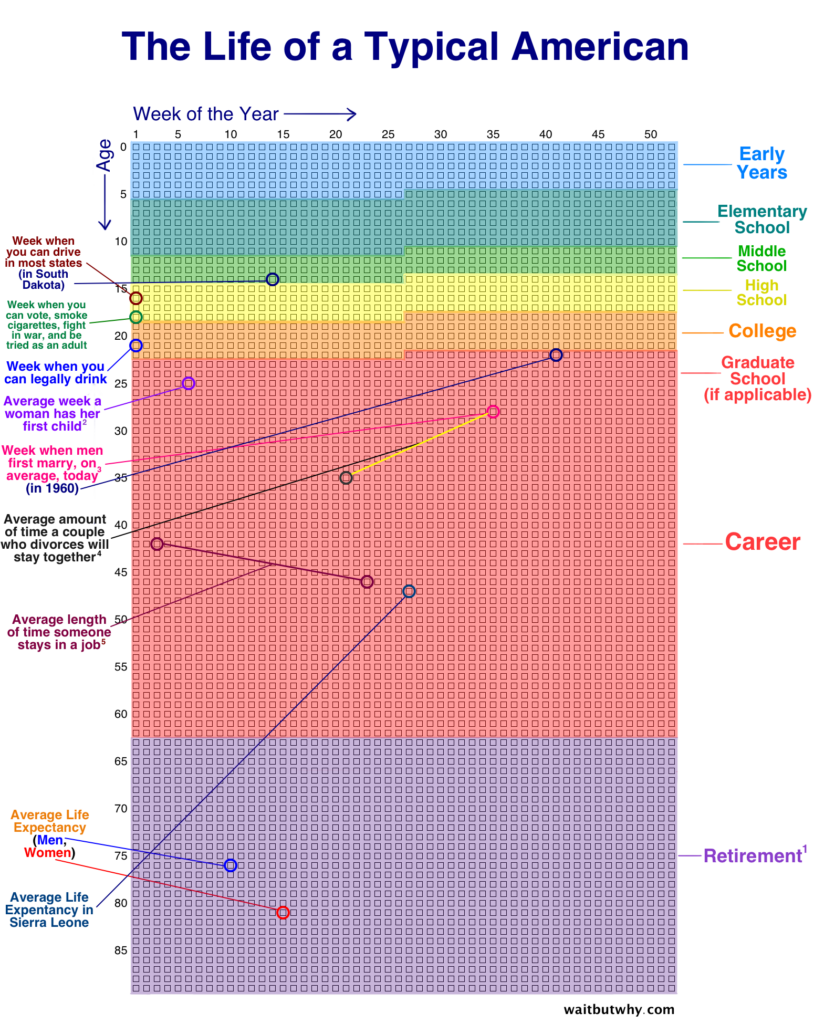Educators implement effective planning, instruction, assessment and reporting practices to create respectful, inclusive environments for student learning and development.
The fact of time
The main issue we deal with is the fact that time is always a limited resource. To use some simple multiplication every day has about 5 hours of ‘teaching’ time. with 5 days a week and 4 weeks a month we get from September to June we get
10 months x 4 weeks per month x 5 days per week x 5 hours per day= 1000 hours for a school year
We also have out Winter Break and Spring Break, both of which add up to 2 weeks so the time we have is:
1000 hours – (1 months x 4 weeks x 5 days per week x 5 hours per day) =900 hours for a school year
Then we take away 3 weeks for all the different holidays and Pro-D days:
900 hours- (3 weeks x 5 days per week x 5 hours per day)= 825 hours in a school year.
I have also heard from teachers that the month of September can have barely any effective teaching in it since it takes a while to get the class settled into their routines.
825 hours- (4 weeks x 5 days per week x 5 hours per day)= 725 hours in a school year.
Now on the BC curriculum website we have 9 different subjects that have to be taught, ADST, Careers, Languages, Physical Health, Social Studies, Arts, English, Math, and Science.
725 hours ÷ 9=80.5 hours per class.
Lets say for the sake of being reasonable that ADST, Careers, Languages, and Art can be their own category so we only have 5 ‘classes’ we need to teach.
725 hours ÷ 5=145 hours per class per year.
If we follow the 10,000 hours rule, it takes 10,000 hours of practice for someone to gain mastery in a subject
10,000 ÷ 145=68.9 years.
Assuming a student starts Kindergarten at the age of 5 they will be masters by the age of 74. We need to get them to learn more effectively than that.

So what should we do?
1. Cultivate an honest relationship with your students
Doing something that shows that you care has immense impacts. If someone learns and understands that there are people who care and are willing to help that can change their life trajectory compared to those who do not care and do not believe anyone will help them.
If your students are able to trust you they will learn more easier since it will take less time to get their investment. Do not destroy that trust if at all possible.
2. Do what works (what is shown to work)
We should learn what methods of teaching and learning work and learn to effectively apply them. We cannot revolutionize everything at once but we can do it in the same manner that one must eat an elephant, one bite at a time.
What it means is that we need to value students in what we do. Our actions need to be effective in all areas because if they are not effective then they don’t work and there is no reason to have students, or anyone, do something that does not work.
P.S. this has been something rattling around in my mind for the last few months and I’ve had to put it into writing. I didn’t feel like anything else could fit here any better.
Leave a Reply